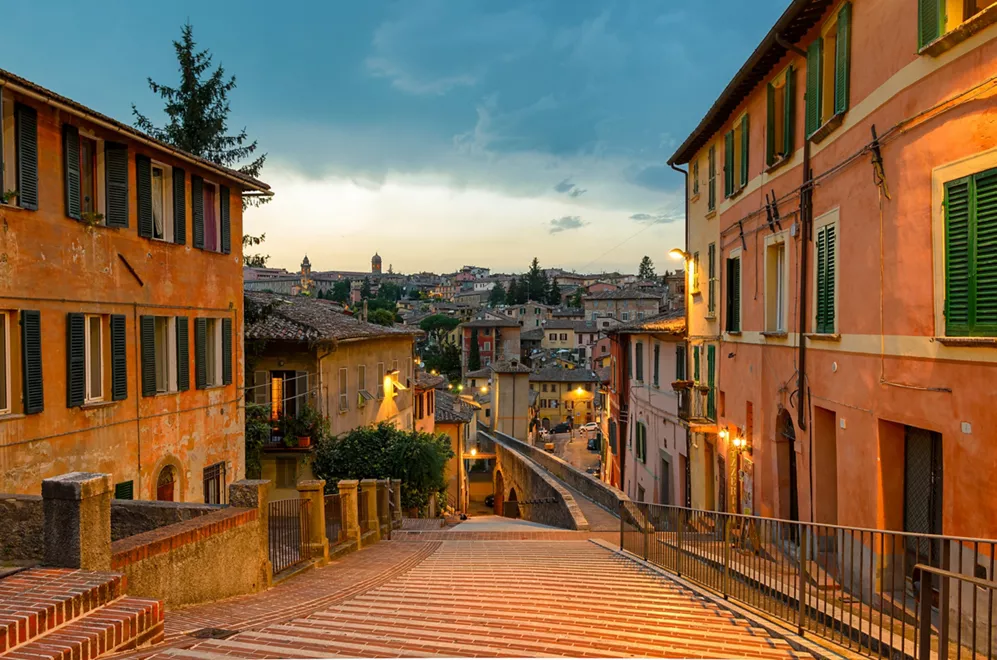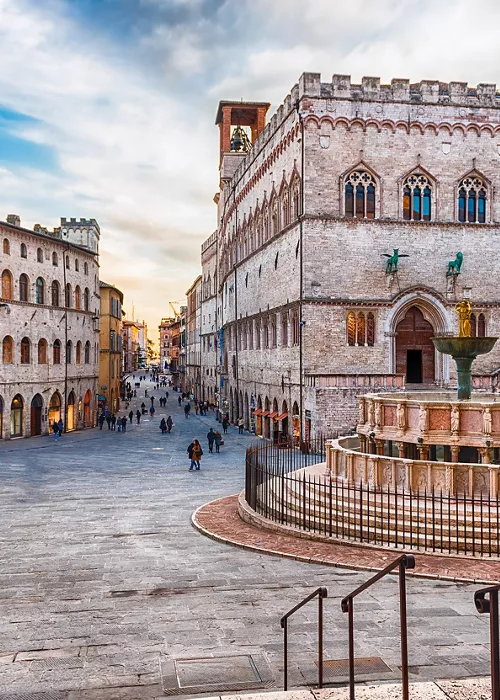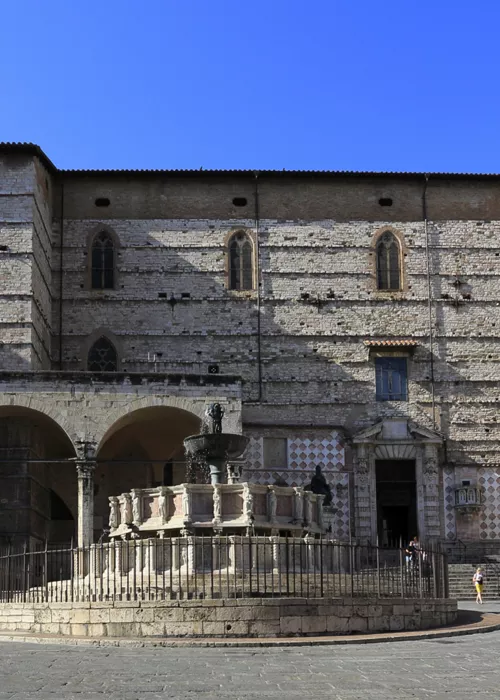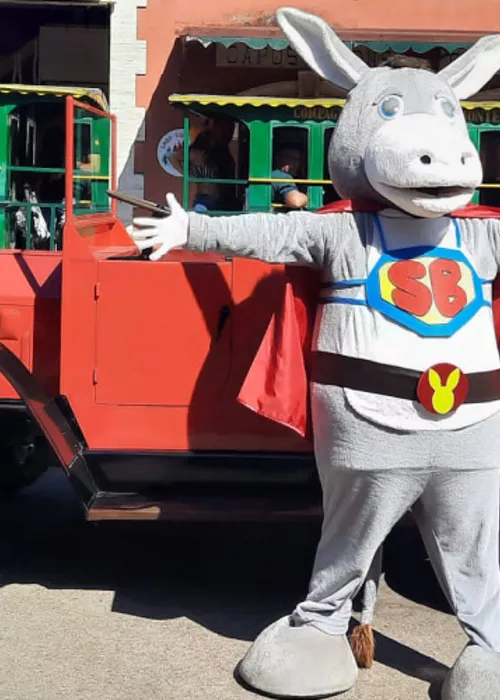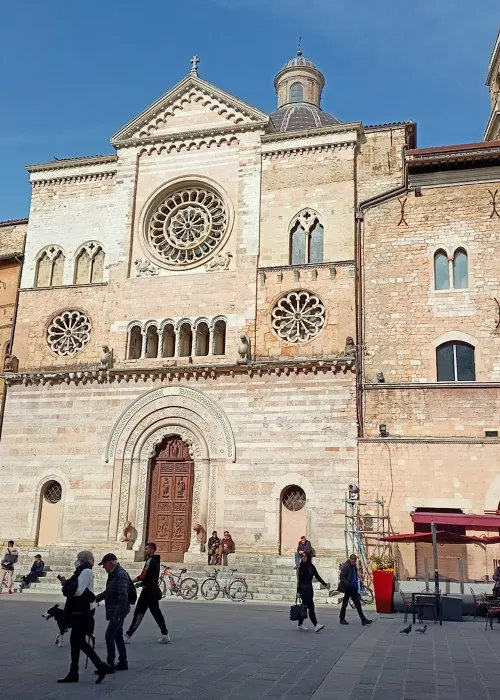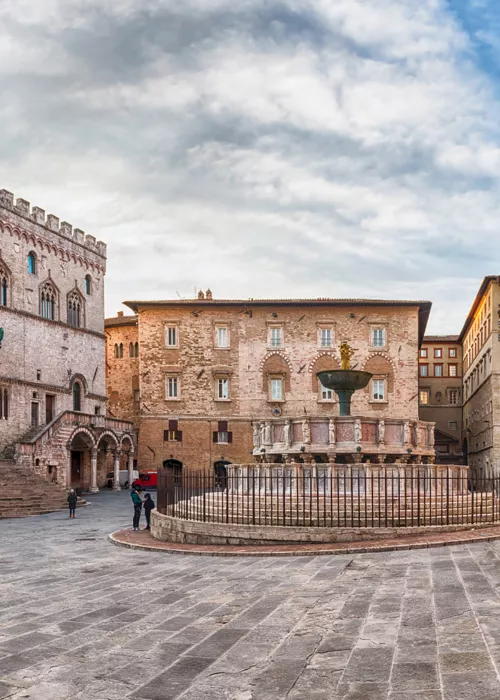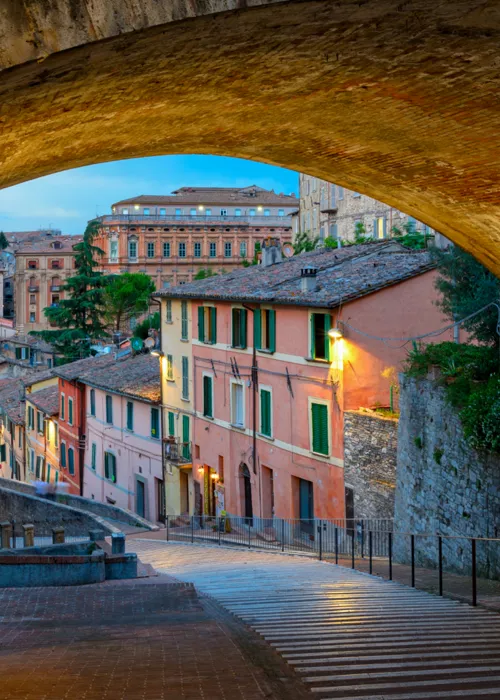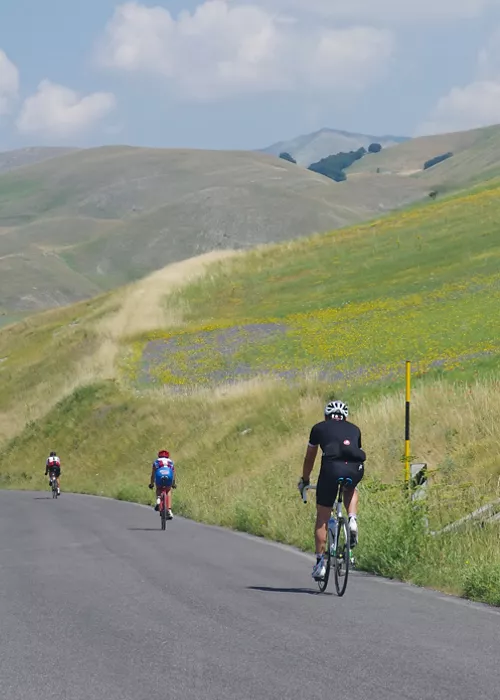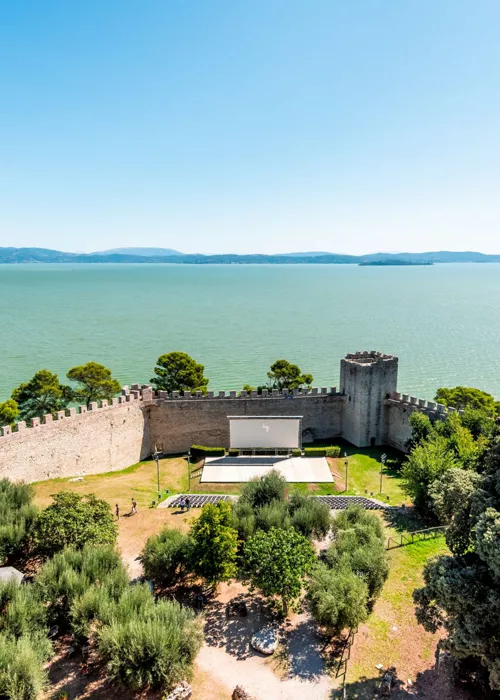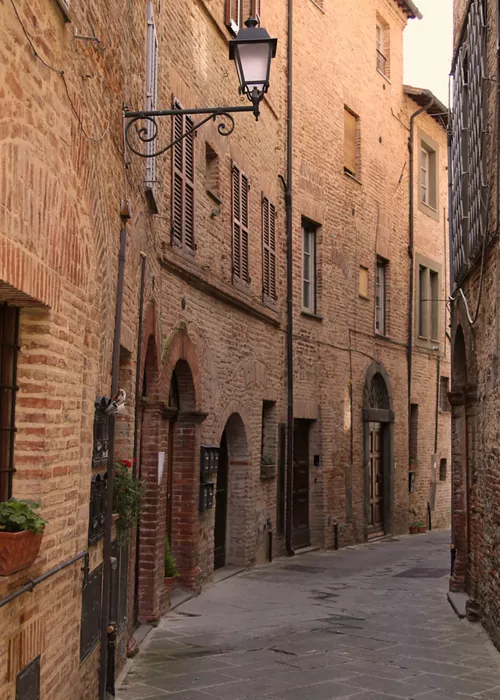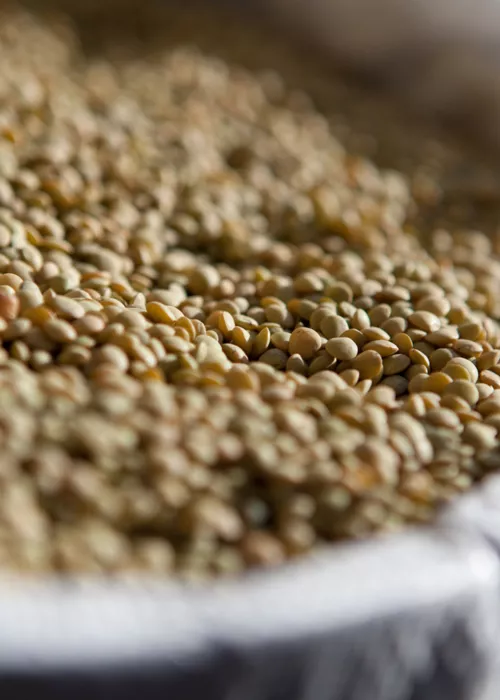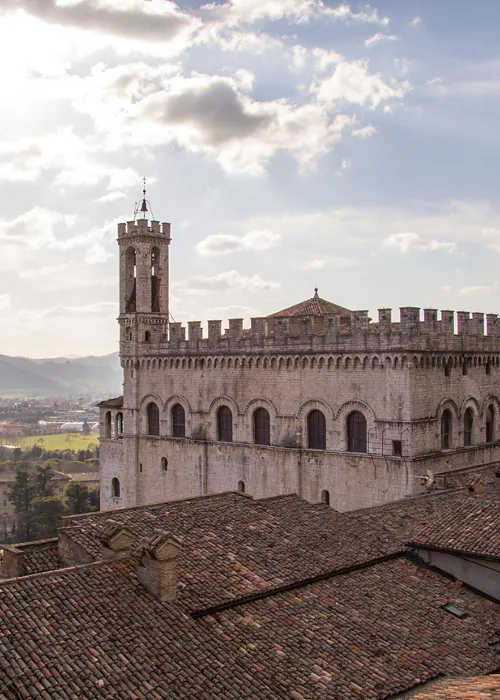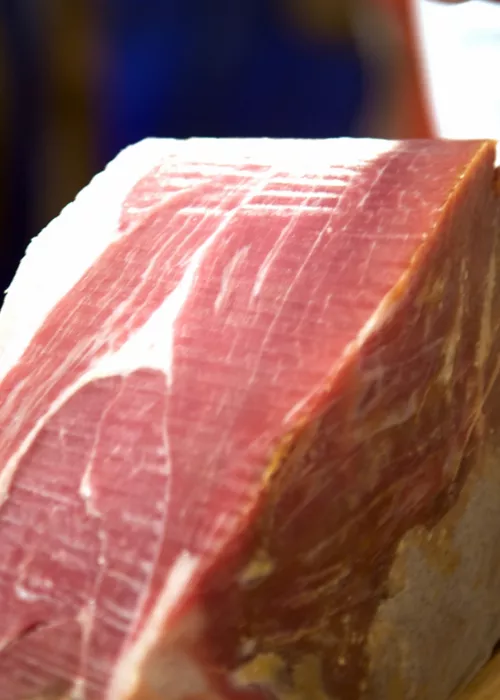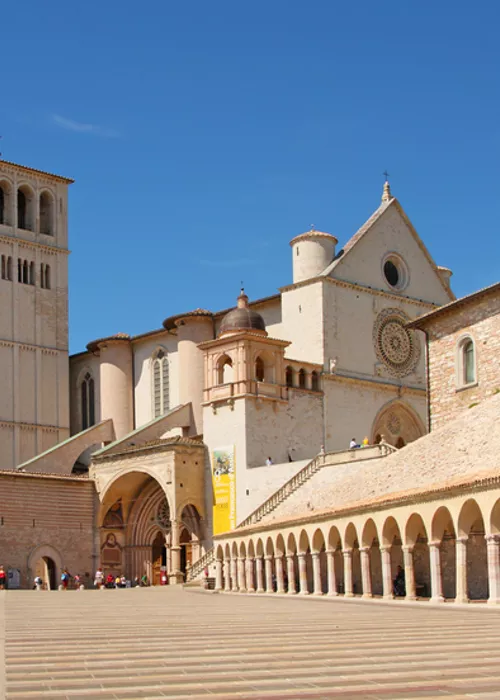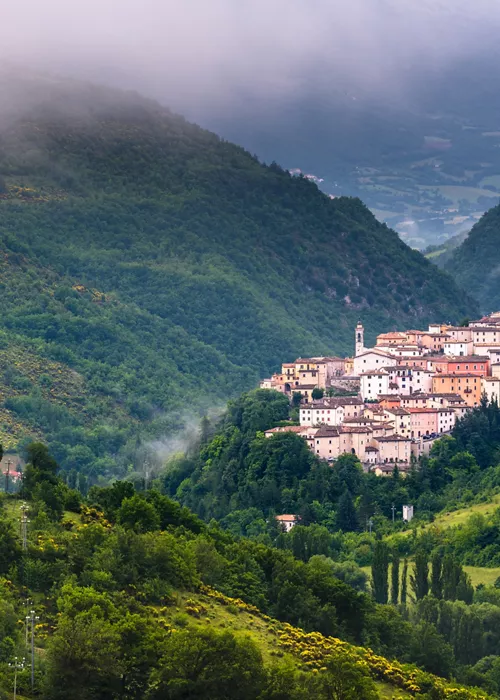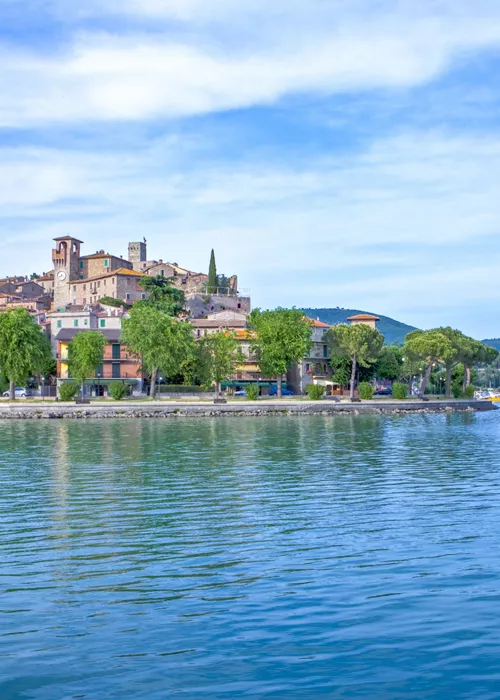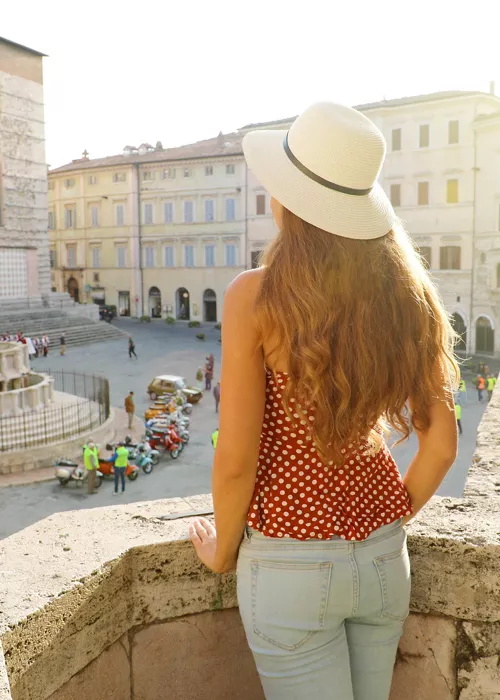Perugia: a historical and artistic jewel and beacon of central Italy
5 minutes
The historic centre of Umbria's capital is a true 14th-century village, one of the most beautiful and beloved in Italy.
It boasts a very intense city life thanks to the two historic universities – the University of Perugia founded in 1308 and the University for Foreigners, the oldest of its kind in Italy – but also to the many international events such as Eurochocolate and Umbria Jazz, which attract tourists from all over the world.
Buzzing by day, but also lively and cheerful by night, Perugia deserves much more than a hit-and-run visit to explore its most important monuments: it’s also the perfect destination for an extended holiday. Not to mention its panorama, which is breathtaking wherever you look from its position amidst hills, mountains and plains of astonishing beauty.
The history and magic of Perugia
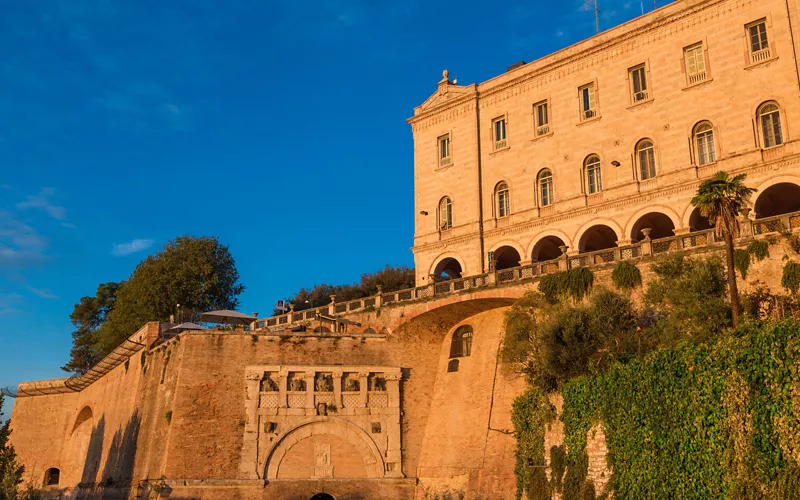
The first traces of Etruscan Perugia are connected with its re-foundation on a pre-existing Umbrian settlement. The Battle of Sentino of 295 BC put these lands in Roman hands
From the early Middle Ages, it became of great importance within the Church State, receiving particular affection from Pope Innocent III, who died in the Umbrian capital in 1216. During the struggle for its dominance, considered strategic due to its protected position and the resources in the surrounding lands, the Visconti family, with their leader Gian Galeazzo, and the Papal State, thanks to the services of the mercenary knight Braccio da Montone, alternated in the early 1400s before leaving it to the Baglioni family.
The following years were marked by the rule of the Pope, with a small interruption in the early 19th century with the seizure of power by the Napoleonic army. From the second half of the 1830s, as in many other parts of Italy, discontent grew and clandestine organisations began to spring up here. Perugia was liberated by the Piedmontese army on 14 September 1860, forcing the Swiss to take refuge in Rocca Paolina. Its annexation was initially under the Kingdom of Sardinia, which later became the Kingdom of Italy.
What to see in Perugia: unmissable sights
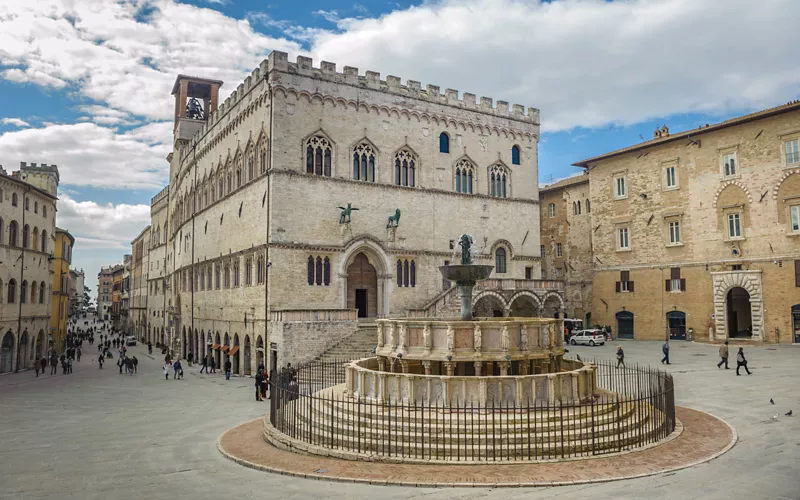
The succession of different cultures and peoples has been a blessing for those fortunate enough to visit Perugia today: the city holds artistic and monumental treasures testifying to its rich past and contributing to the cultural supremacy of Italy. What to see in Perugia There are so many alternatives: spoilt for choice, we can only suggest some of the most popular places to visit.
- Before even entering the historic centre of Perugia, stop at the Perugina Chocolate House. This stop is mandatory for all those with a sweet tooth, with the museum tracing the history of the "food of the gods".
- Now approach the beating heart of the city, Piazza IV Novembre with its Fontana Maggiore. Admire Palazzo dei Priori and the Cathedral of San Lorenzo while sitting on the steps and watching the street performers.
- Of all the iconic works of the past that allow us to admire the immensity of the architectural work by this capital city's historical founders, make sure to visit the Etruscan Well, a huge hydraulic work, the Volumni Hypogeum, the oldest and best-preserved funerary monument of the Etruscan period, and the Etruscan Arch.
- Your next stop is Galleria Nazionale dell 'Umbria, ideal for art lovers as it houses treasures by Mantegna, Pinturicchio, Beato Angelico and many other historically important artists.
One of the most visited sights is certainly the Perugia aqueduct: a hydraulic work of exceptional engineering which managed to impart a reverse force on the water so that it served all four kilometers of its extension. And then there's Rocca Paolina, Città della Domenica and some shopping on Corso Vannucci.
4 tips for things to do in Perugia

Despite its characteristic intimate charm far from the clamour and crowding of Italy's largest and most famous art cities, there is no shortage of engaging alternatives for the whole family. What to do in Perugia? The first unmissable attraction is Perugia Eurochocolate, the annual event entirely dedicated to the culture of chocolate, a true paradise for chocolate lovers of all ages.
Musicians and music lovers won't want to miss the Umbria Jazz Festival, Italy's biggest, which was founded in 1973 and attracts people from all over the world every year.
Don't overlook the excursions in and around Perugia either, with hiking trails for every level and experience.
What to eat in Perugia: 4 specialities

Traditional Perugian cuisine is full of tasty dishes created with simple recipes, using 0-km ingredients from local farms and crops. What to eat in Perugia The most popular traditional dishes include:
- pie al testo, a tasty sort of Umbrian-style flatbread to enjoy with cured meats and cheeses;
- truffle squeezes, a typical Perugia pasta shape with a sprinkling of the precious truffles strictly from Norcia;
- torcolo di San Costanzo, a dessert with peasant traditions. The cake is named after the first bishop of Perugia and is made on 29 January, the day celebrating San Costanzo, one of the city's patron saints;
- Perugina chocolate, to be mentioned at every possible opportunity because it deserves to be savoured in no uncertain terms.
Among the other delicacies to try, we must also mention palombacci alla perugina, brustegnolo, ciarmicola and impastoiata umbra.
Unique places in Perugia

If you’re looking for attractions off the beaten path, the Umbrian city offers plenty of choices. Starting with the Augusta Library on the Porta Sole hill, the highest in the city, one of the oldest public libraries in Italy.
If you have transport, enjoy a longer tour and visit the Cosmic Magnet of Foligno, a sculpture by Gino de Dominicis at the heart of the Church of the Santissima Trinità in Annunziata.
You can also visit the Monte Cucco Cave, where you can descend as far as 920 meters below the entrance. Its interior has a network of walkable routes exceeding 30 kilometres in total length. An experience that enchants and leaves you breathless.
Not far from Città di Castello you'll find the exceptional Grifani Donati Typography Museum, dedicated to the history of printing that preserves perfectly functioning period machinery.

